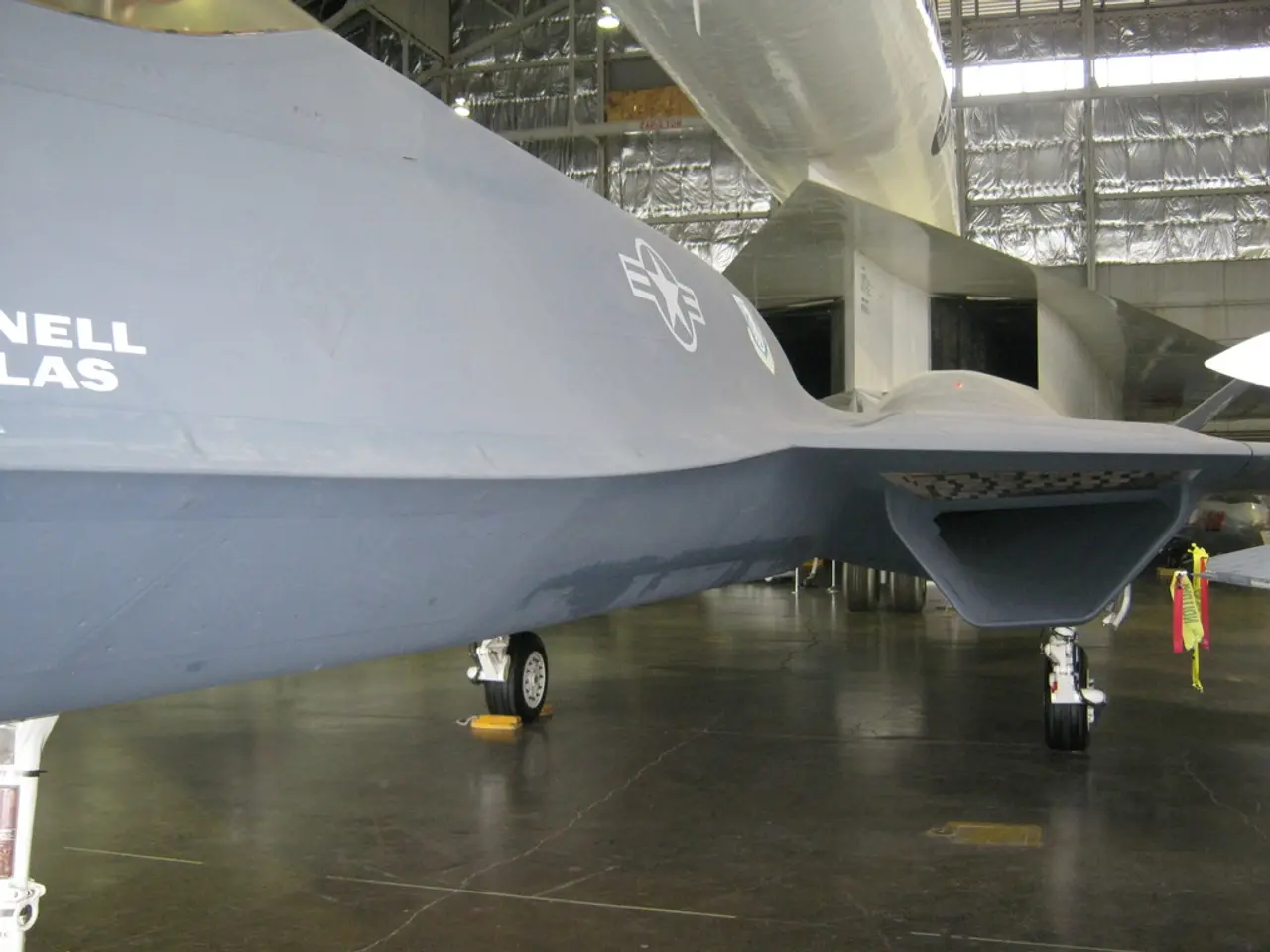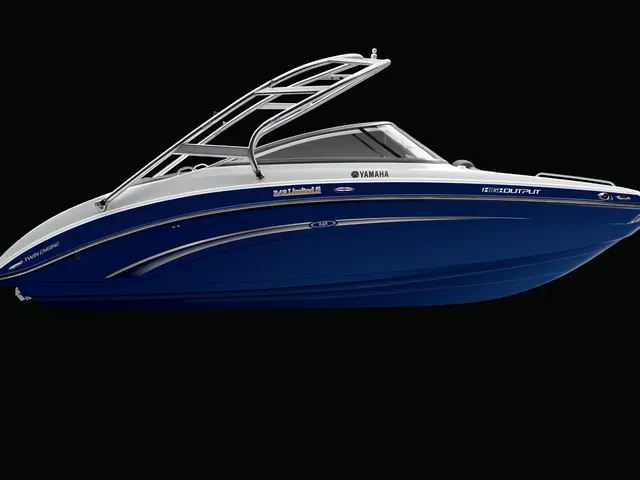Airline Safety Comparison: Evaluating Carrier Quality Through Passenger Reviews vs. Official Safety Records
In the ever-evolving world of aviation, ensuring safety remains a top priority for both passengers and carriers alike. With increasing threats to aviation systems and a growing demand for transparency, the International Civil Aviation Organization (ICAO) and the International Air Transport Association (IATA) have implemented new standards focusing on cybersecurity and safety protocols.
When evaluating an airline's safety from both customer reviews, ratings, and official safety metrics, several critical factors should be considered. These factors combine objective safety data with insights from passenger feedback and expert analysis.
Official Safety Metrics ------------------------
Reviewing an airline's incident and accident records is essential. A low rate of serious incidents and zero fatal crashes in recent years is a good indicator of safety. The fleet's age and maintenance are also crucial factors, as newer fleets with rigorous, documented maintenance schedules are less likely to experience mechanical failures. Safety audits and certifications, such as IOSA (IATA Operational Safety Audit) and compliance with ICAO standards, demonstrate a commitment to industry-standard safety practices. High standards of initial and recurrent training for pilots and cabin crew are essential, as expert-trained crews can better manage emergencies and prevent incidents from escalating. Financial stability is another essential factor, as financially stable airlines are more likely to invest in safety systems, maintenance, and advanced training programs.
Leading Indicators and Safety Culture --------------------------------------
Leading indicators offer insights into an airline's safety culture. High rates of safety training completion indicate a proactive approach to risk reduction. Adequate funding and staffing for safety initiatives demonstrate a safety-first culture. Regular audits help identify and mitigate risks before they escalate. Positive results from anonymous employee surveys reflect trust, open communication, and management commitment to safety. Robust processes for handling operational changes help prevent new hazards.
Customer Reviews and Ratings -----------------------------
Passenger reviews and ratings provide real-time, subjective feedback on an airline's safety profile. In-flight safety perceptions, such as crew professionalism, handling of emergencies, cleanliness, and the perceived maintenance of aircraft, are crucial. Consistent on-time performance can suggest good operational discipline. Passenger experience with safety protocols, such as clear safety briefings, well-trained staff, and visible safety measures, can indicate a strong safety culture. High overall ratings and positive comments about safety can reinforce objective data.
Recent Developments -------------------
The use of advanced technology, such as artificial intelligence in maintenance checks, has decreased mechanical failures by approximately 25% in the last two years. A staggering 68% of travelers consult online reviews and ratings before making a booking decision. Airlines that actively engage with passengers on social media regarding safety practices foster trust among potential customers. Implementation of comprehensive Safety Management Systems (SMS) in 2019 has enabled better risk assessment and management. Over 70% of travelers prioritize safety as their primary concern when selecting an airline.
Conclusion ----------
A comprehensive evaluation of airline safety should integrate official metrics (incident rates, fleet age, certifications, etc.), leading indicators (training, audits, safety culture), and passenger reviews to ensure a balanced and reliable assessment of an airline's safety profile. By considering these factors, passengers can make informed decisions and travel with peace of mind.
In light of increasing customer focus on travel experiences, some travelers might be interested in exploring airlines that offer a safe lifestyle, alongside their preferred sports activities or travel adventures. Considering airlines with high safety standards, a proactive safety culture, and positive customer reviews can provide a safer and more enjoyable journey for these travelers.
Again, with the rise of technology integration in aviation maintenance, future improvements in the rate of mechanical failures could lead to safer air travel, allowing passengers to enjoy both their sports pursuits and travel experiences without worry.





